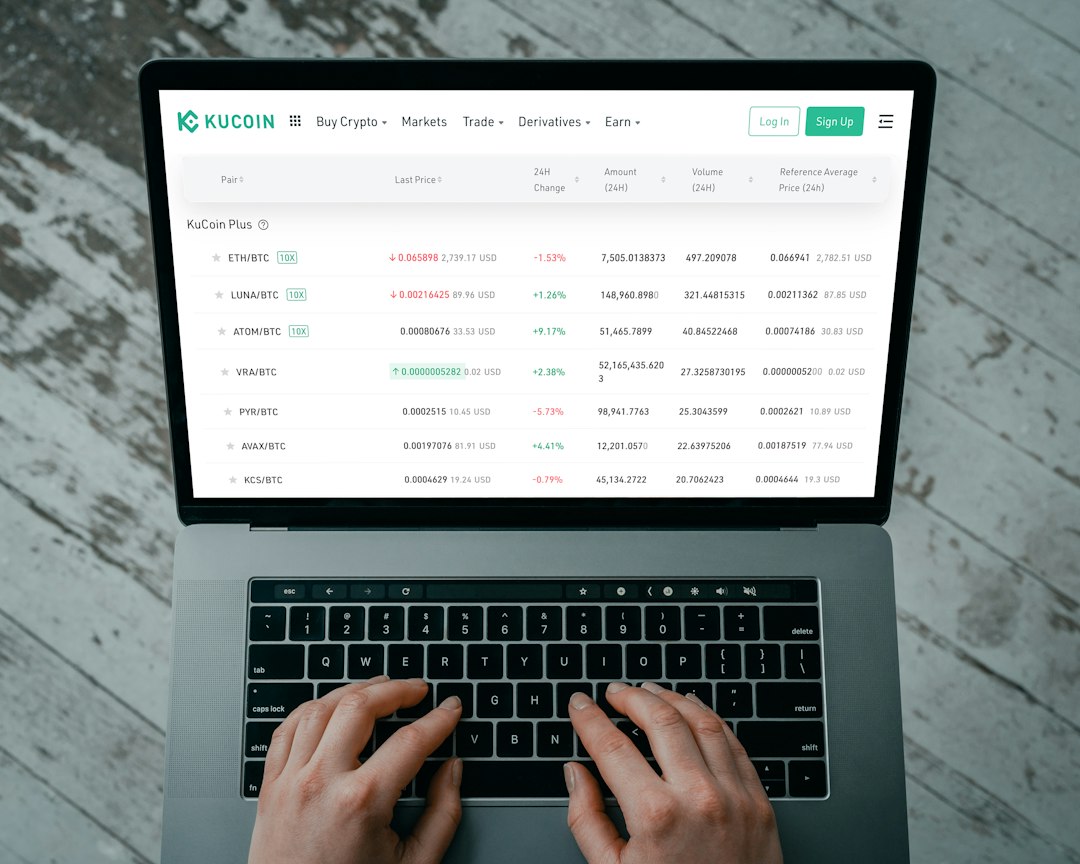This article provides an overview of average e-commerce conversion rates, explores the factors influencing these rates, and offers strategies to improve them.

Overview of E-commerce Conversion Rates
E-commerce conversion rates are a critical metric for evaluating the performance of online businesses. They indicate the percentage of website visitors who complete a desired action, such as making a purchase and are essential for assessing the effectiveness of e-commerce sites. Understanding the average e-commerce conversion rates across different industries provides valuable insights for businesses to benchmark their performance and identify areas for improvement.
It’s important to note that different sectors have varying conversion rates. For instance, the fashion and apparel industry typically sees an average conversion rate of 2.7%, while the food and beverage sector has a higher average of 4.The average ecommerce conversion rate is 3.65%. These variations underscore the significance of understanding industry-specific benchmarks and tailoring strategies to improve e-commerce conversion rates based on the unique dynamics of each sector.
In addition, monitoring and optimizing conversion rates is crucial for e-commerce businesses to enhance their online sales and overall profitability. By analyzing and improving conversion rates, businesses can refine their digital marketing strategies, enhance the customer experience, and ultimately drive higher revenue. This emphasizes the importance of constantly evaluating performance against industry standards and utilizing various strategies and tools available for optimizing and improving e-commerce conversion rates.

Understanding E-commerce Conversion Rates
E-commerce conversion rates play a pivotal role in evaluating the effectiveness of online businesses. The ratio of transactions to sessions is a key metric used to gauge the success of e-commerce sites, providing valuable insights into the percentage of visitors who take the desired action of making a purchase. For instance, a conversion rate of 3% indicates that out of 100 visitors, 3 make a transaction. Understanding this metric is crucial for e-commerce businesses as it helps in assessing the impact of marketing strategies, website design, and overall customer experience on the conversion process.
Segmenting conversion rates by different types of visitors with varying intents and relationships with the retailer is essential for accurate analysis. For example, first-time visitors may have different conversion rates compared to returning customers, and this segmentation enables businesses to tailor their strategies to the specific needs and behaviours of different customer segments, ultimately improving overall conversion rates. Furthermore, the concept of omnichannel conversion rates, as highlighted by Google and Wolfgang Digital, emphasizes the need for a seamless and integrated experience across various touchpoints such as mobile, desktop, social media, and physical stores. This insight underscores the importance of cohesive marketing and sales strategies to ensure a consistent brand experience, regardless of the channel through which customers interact with the business.
Factors Influencing E-commerce Conversion Rates
E-commerce conversion rates are influenced by a myriad of factors that play a significant role in the success of online businesses. One important factor is the industry-specific benchmarks and recent research findings that shed light on the average conversion rates across various sectors. For example, according to Unbounce’s Conversion Benchmark Report, there are variations in B2B and B2C landing page conversion rates across 16 industries, providing valuable insights into the performance of different sectors.
Moreover, the choice of devices and the geographical location of the target audience also impact e-commerce conversion rates. Research from Adobe highlights the differences in conversion rates based on devices and countries, with desktops, laptops, and tablets exhibiting higher rates than smartphones, and the US having an average conversion rate of 2.3% while the UK stands at 4.1%. Understanding these variations is crucial for businesses to tailor their marketing and optimization strategies to the specific preferences and behaviors of their target audience, ultimately leading to improved conversion rates.
In summary, these influencing factors underscore the importance of businesses staying informed about industry-specific benchmarks, research findings, and geographical and device-related variations to make informed decisions when developing and implementing strategies to enhance their e-commerce conversion rates.

Strategies to Improve E-commerce Conversion Rates
When it comes to improving e-commerce conversion rates, businesses can implement proven funnel-based marketing plans to boost their performance. For instance, structuring the marketing plan around a proven funnel, as suggested by SmartInsights, can help businesses identify the areas that need optimization and enhancement. By analyzing the customer journey and identifying potential drop-off points, businesses can tailor their marketing strategies to increase the likelihood of conversions.
In addition to implementing funnel-based marketing plans, optimizing the mobile customer journey and providing exceptional user experience (UX) play crucial roles in improving e-commerce conversion rates. For example, ensuring that the website is mobile-responsive, load times are minimal, and the navigation is intuitive can significantly impact a customer’s decision to make a purchase. A smooth checkout process, with clear calls-to-action and minimal steps, can also contribute to higher conversion rates, as it reduces the likelihood of cart abandonment.
Moreover, leveraging a variety of tools and metrics is essential for businesses to understand and improve their e-commerce conversion rates. Tools such as Lucky Orange, HotJar, and Google Analytics provide valuable insights into customer behavior, allowing businesses to identify areas for improvement and test different strategies to optimize conversion rates. By utilizing these tools, businesses can gain a deeper understanding of their customers’ interactions and preferences, leading to informed decisions that drive better conversion rates.
Enhancing E-commerce Conversion Rates
In the quest to enhance e-commerce conversion rates, an effective strategy involves the utilization of explainer videos, clearer product images, and succinct product descriptions. For instance, an online clothing retailer can employ explainer videos showcasing the versatility and quality of their products, accompanied by high-resolution images that vividly display the texture and detailing of the clothing. Alongside these visuals, providing concise and compelling product descriptions that highlight the unique selling points can effectively communicate value propositions to potential customers, ultimately influencing their purchasing decisions.
Moreover, businesses can incorporate chat features into their e-commerce platforms, enabling real-time communication with customers to address queries, provide recommendations, and offer personalized assistance during the shopping experience. This interactive approach can significantly enhance customer engagement and trust, leading to increased conversion rates. Additionally, testing different call-to-action placements on the website, such as strategically positioning prominent buttons for adding items to the cart or initiating the checkout process, can optimize user interaction and drive conversions. Furthermore, leveraging social proof through customer reviews and testimonials can build credibility and trust, further encouraging prospective customers to make a purchase.
Furthermore, offering free shipping, streamlining the checkout process, providing guest checkout options, and incorporating multiple payment methods can remove potential barriers to completing a purchase. These strategies cater to the diverse preferences and expectations of customers, ensuring a seamless and convenient buying experience, which is instrumental in improving e-commerce conversion rates. By implementing these approaches, businesses can effectively enhance their conversion rates, driving overall revenue and business success.
Conclusion
In conclusion, e-commerce conversion rates are crucial for evaluating the success of online businesses. They provide valuable insights into the effectiveness of marketing strategies, user experience, and overall performance of e-commerce websites. For instance, according to Adobe, the average e-commerce conversion rate is 3.65%, with variations across different industries and countries. This highlights the significance of monitoring and optimizing conversion rates to stay competitive and maximize sales.
It is important for online businesses to evaluate their performance against industry standards. By doing so, they can identify areas for improvement and implement strategies to enhance their conversion rates. Utilizing tools such as Lucky Orange, HotJar, and Google Analytics can help businesses gain a deeper understanding of user behavior, identify conversion barriers, and make data-driven decisions to improve their e-commerce conversion rates. Moreover, employing strategies like optimizing the mobile customer journey, providing excellent user experience, and implementing proven funnel-based marketing plans, as suggested by SmartInsights, can significantly contribute to boosting conversion rates and driving sustainable growth in the e-commerce sector.





